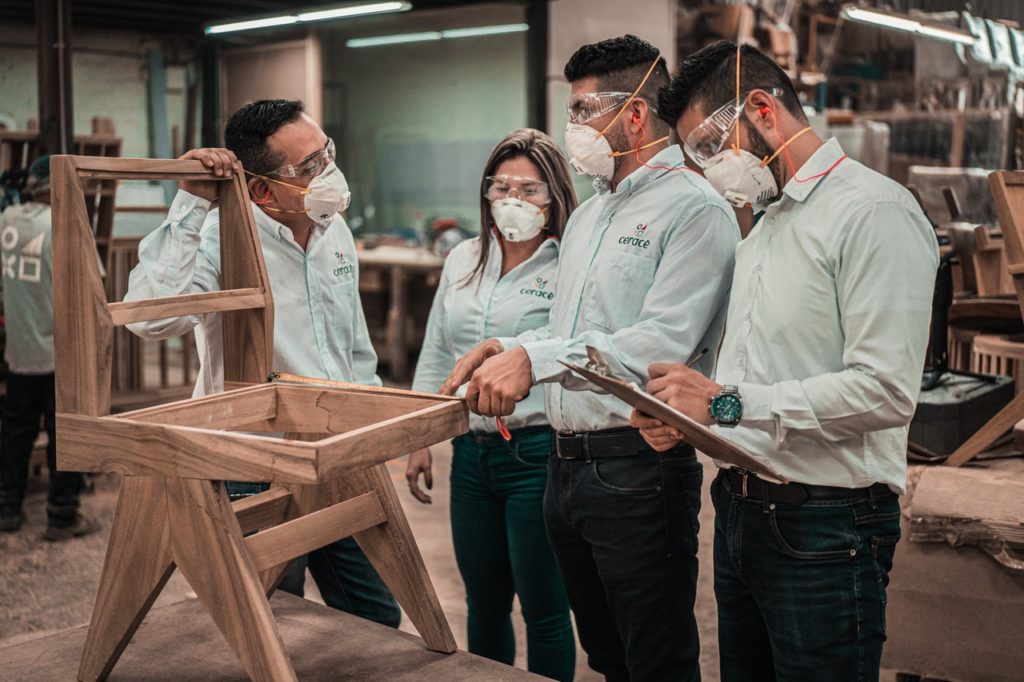Throughout the past few decades, many businesses have been revamping many of their safety policies and precautions to ensure that workers won’t be injured inside (and outside) their facilities. Workplace accidents are known for affecting the productivity of employees and will often have legal implications.
Even though most businesses will invest in making sure that their business infrastructure is free from any potential hazards, workplace accidents can still happen. Whether it’s because of cold weather conditions that could freeze walkways, that one lunchtime rush that could, or someone that forgot to put on their helmet right before going to the construction yard, accidents can happen if people aren’t alert enough to discern their surroundings. In fact, it’s known that there are 2.8 million work-related injuries and illnesses that have happened in 2019 alone.
So what are some ways of helping employees that have gotten injuries within the workplace? What should the business management do to overcome such a situation? We’ll be discussing a step-by-step process in controlling the situation while opening up communications between the employee and the employer.
Seeking Medical Treatment
Firstly, an employee that’s injured within the workplace should seek medical attention as soon as possible. If there’s a clinic in the area, a company nurse might be trained to administer basic first aid and alleviate the situation. Nevertheless, 911 and other emergency services should be called if the injury is life-threatening or if there’s going to be a loss of limbs.
If the injury is less severe, such as a person slipping and tripping from a puddle on the floor, they can seek treatment at the nearest medical facility. Still, these types of injuries should be taken seriously as this could result in broken bones.
Document the Injury
Once the employee is safe and stable, the injury must be documented and reported. If the damage hasn’t been reported just yet, you can call in employees who have witnessed the injury while looking for any footage of what might have happened. Documenting the injury means that there will be evidence that can be used to issue insurance claims.
Negotiate and Communicate as Early as Possible
After the employee has recovered from his injuries and is now capable of returning to work, it’s vital to promote two-way communication and be transparent with your employees. Everything that is involved, whether they are supervisors, employees, or medical providers, should be aware of what to expect between both parties.

Consulting Legal Professionals
When an accident happens within the workplace, specific failsafe parameters will come into play to ensure that the employee receives fair compensation. However, this will usually be determined by the exact cause of the injury. Was it negligence on the part of the employee? Or was it an accident caused by negligence on the part of the management in addressing potential dangers and hazards in the workplace?
When it comes to processing insurance for workplace injuries, legal entities should be present to ensure that both parties properly handle the case. Employees and employers might want to consider commissioning the services of a personal injury attorney that can help expedite the case while also ensuring that there will be fair compensation. This team of legal professionals is well-versed in handling a variety of personal injury cases throughout the state.
It’s important to remember that any legal action should be the last resort on the table. If communication between both parties can still be established, then it’s only appropriate that both parties iron out any issues and problems together. After all, two-way communication between the management and the employee can help foster a more professional relationship.
Adapt and Overcome
It’s important to know what caused the accident in the first place and what you can do to prevent it from happening in future encounters. Businesses should start evaluating hazards and potential dangers in the workplace. By doing so, it’s easier to cultivate a culture of safety. By getting to the root of the problem, most businesses will decrease the likelihood of work-related accidents while formulating safety precautions. This is one of the best ways of returning work productivity to normal.
No matter how much time, money, and effort a business will invest into its safety programs, there’s still a small chance that accidents can happen. But this shouldn’t discourage companies and businesses from effectively cultivating a culture of safety in the workplace. Being able to adapt and overcome our mistakes can help organizations become stronger and more aware of their workers’ needs.

